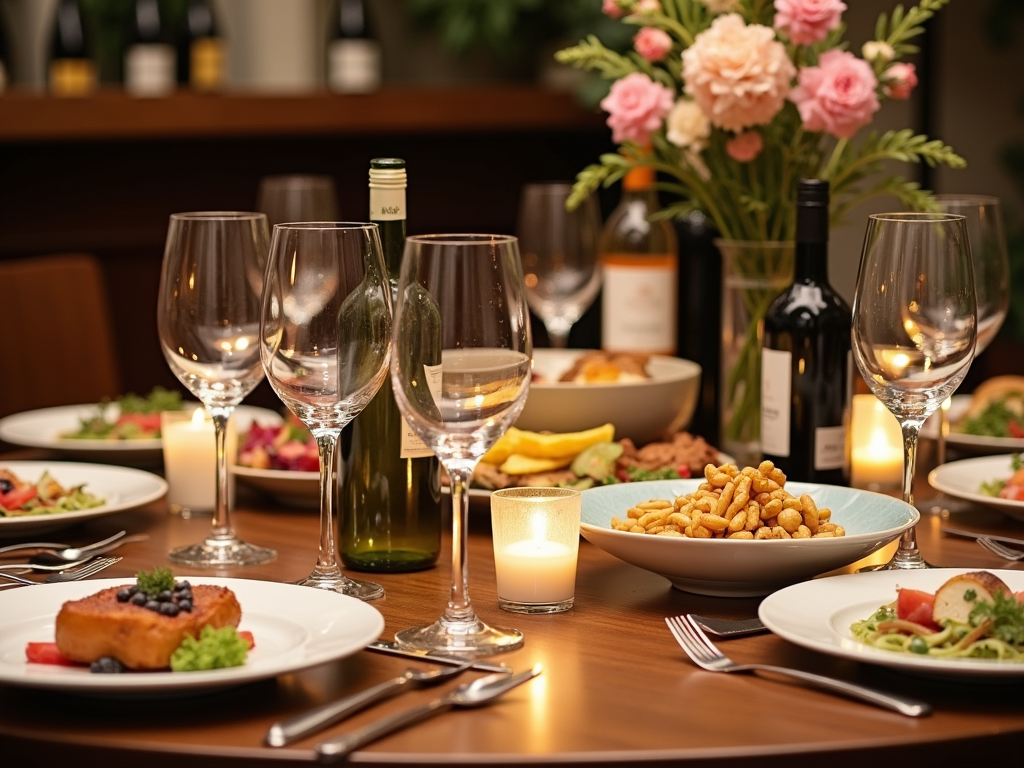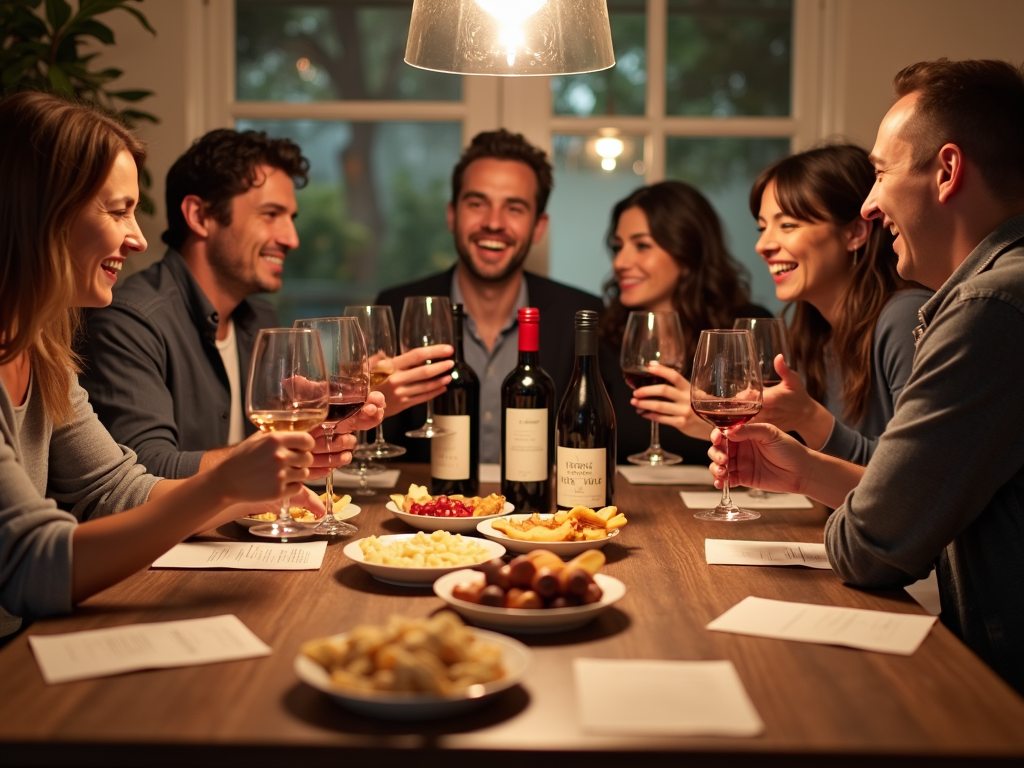The Art of Wine Pairing: Tips and Tricks
Wine pairing is more than just a culinary technique; it's an art form that enhances the dining experience. By carefully selecting the right wine to complement a dish, you can create a symphony of flavors that delights the palate. Whether you're a seasoned wine enthusiast or a curious beginner, understanding the principles of wine pairing can transform your meals into memorable occasions. In this comprehensive guide, we'll explore the intricacies of wine pairing, offer tips for hosting your own wine tasting party, and introduce you to the benefits of joining a wine club like the Jackson Family Wines wine club membership.

Basics of Wine Pairing
To master the art of wine pairing, it's essential to understand the different types of wine and their characteristics. Here's a closer look:
- Red Wines: Known for their bold flavors and tannins, red wines like Cabernet Sauvignon, Merlot, and Pinot Noir are often paired with red meats, hearty stews, and aged cheeses.
- White Wines: Crisp and refreshing, white wines such as Chardonnay, Sauvignon Blanc, and Riesling complement seafood, poultry, and light salads.
- Rosé Wines: With their delicate balance of fruitiness and acidity, rosés are versatile and can be paired with a variety of dishes, from grilled vegetables to spicy cuisine.
- Sparkling Wines: The effervescence of sparkling wines like Champagne and Prosecco makes them ideal for celebrations and pairs well with appetizers, shellfish, and fried foods.
- Dessert Wines: Sweet and rich, dessert wines like Port and Sauternes are perfect for pairing with desserts, blue cheese, and foie gras.
When pairing wine with food, consider the following principles:
- Match Intensity: Pair light wines with light dishes and full-bodied wines with hearty meals.
- Balance Flavors: Use acidic wines to cut through fatty foods, sweet wines to tame spicy dishes, and tannic wines to complement rich, savory flavors.
- Consider the Sauce: The sauce can be more important than the protein when choosing a wine. For example, a creamy sauce might call for a different wine than a tomato-based sauce.
Pairing Wine with Food
Let's delve deeper into specific wine and food pairings:
- Italian Cuisine: The robust flavors of Italian dishes like lasagna or spaghetti Bolognese pair beautifully with Chianti, a medium-bodied red wine with bright acidity.
- Seafood: For grilled fish or shrimp, opt for a crisp Sauvignon Blanc. Its citrus notes and minerality enhance the natural flavors of the seafood.
- Steak: A juicy steak calls for a bold red wine like Cabernet Sauvignon. The wine's tannins help cut through the richness of the meat.
- Spicy Foods: Spicy dishes like Thai curry or Indian vindaloo are best paired with off-dry white wines like Riesling, which balance the heat with sweetness.
- Desserts: For chocolate lovers, a rich Port wine complements the sweetness and intensity of chocolate cake or truffles.
When in doubt, remember that the best pairing is one that you enjoy. Don't be afraid to experiment and find your own favorite combinations.

Hosting a Wine Tasting Party
Hosting a wine tasting party is a fantastic way to explore different wines and share the experience with friends. Here's a step-by-step guide:
- Choose a Theme: A theme can make the tasting more focused and educational. Consider themes like 'Wines of France,' 'New World vs. Old World,' or 'Blind Tasting Challenge.'
- Select the Wines: Aim for a variety of wines that fit your theme. Include different varietals, regions, and price points to offer a diverse tasting experience.
- Prepare the Tasting Area: Set up a table with wine glasses, water for rinsing, and palate cleansers like crackers or bread. Provide tasting notes or score sheets for guests to record their impressions.
- Serve in Order: Start with lighter wines and progress to heavier ones. For example, begin with sparkling wines, followed by whites, rosés, reds, and finish with dessert wines.
- Encourage Discussion: Invite guests to share their thoughts on each wine. Discuss the aromas, flavors, and overall impressions. This can be a fun and educational experience for everyone.
- Pair with Food: Offer small bites that complement the wines. Cheese, charcuterie, and fruit are classic choices that enhance the tasting experience.
Wine Clubs and Memberships
For those looking to deepen their wine knowledge and access exclusive offerings, joining a wine club is an excellent option. The Jackson Family Wines wine club membership, for example, provides members with:
- Exclusive Wines: Access to limited-edition and award-winning wines that are not available to the general public.
- Special Events: Invitations to exclusive tastings, vineyard tours, and winemaker dinners.
- Educational Resources: Opportunities to learn about wine pairing, tasting techniques, and the winemaking process through newsletters, webinars, and workshops.
- Discounts and Perks: Members often receive discounts on wine purchases, free shipping, and other special offers.
Joining a wine club is not just about receiving bottles of wine; it's about becoming part of a community of wine lovers and expanding your appreciation for the art of winemaking.

Conclusion
Wine pairing is a journey of discovery that can enhance your dining experiences and deepen your appreciation for both food and wine. By understanding the basics, experimenting with different pairings, and perhaps joining a wine club, you can elevate your meals into memorable occasions. Remember, there are no strict rules in wine pairing—trust your palate and enjoy the process of finding what works best for you.